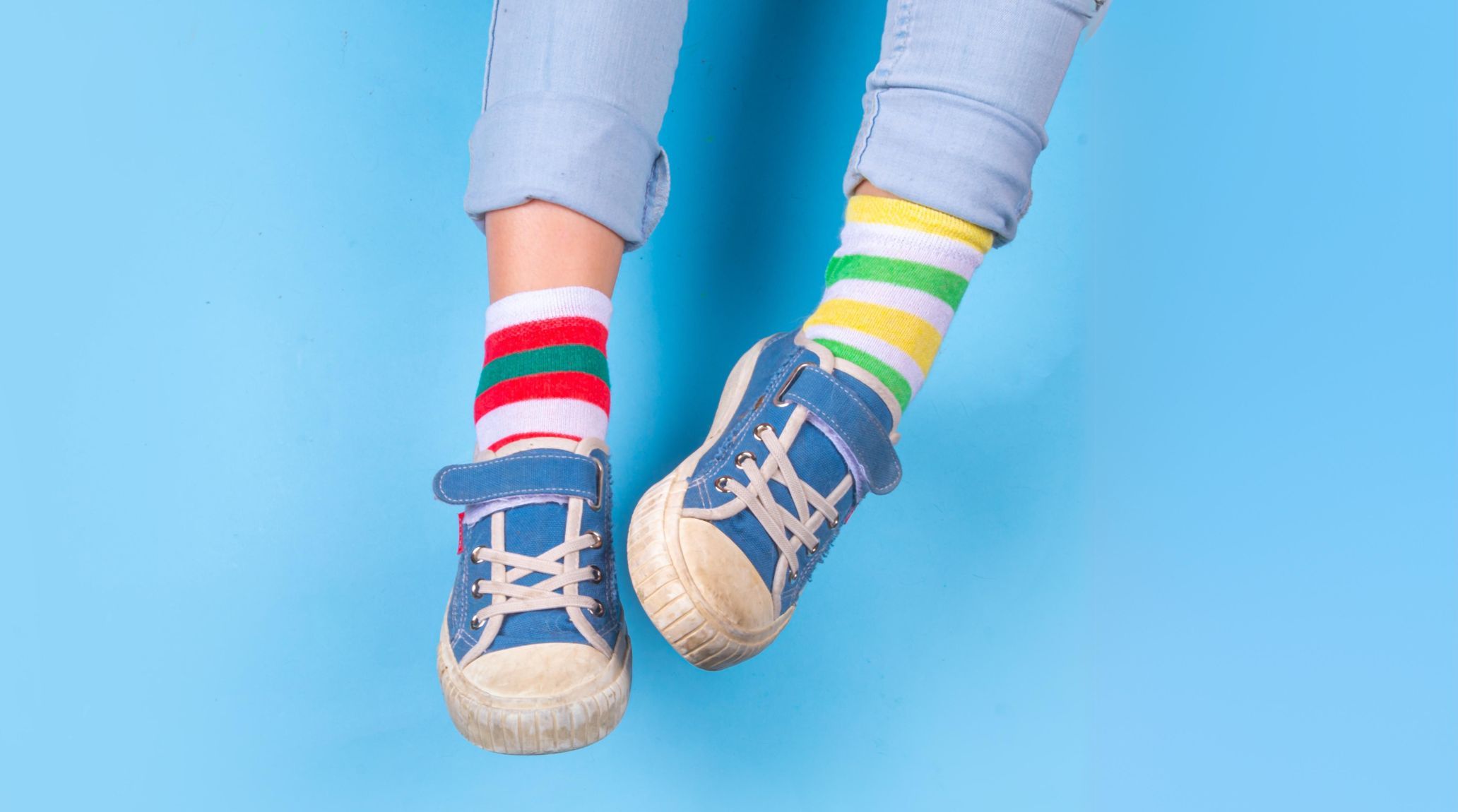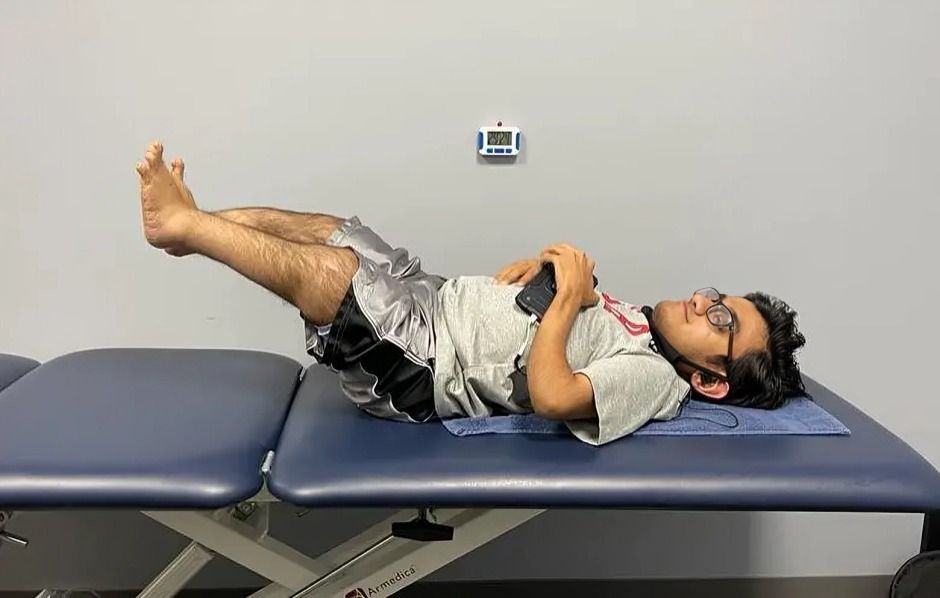
“
Have you ever wondered how your legs help you run, jump, and dance? Or why do they feel ticklish when you wiggle your toes in the grass? Get ready to discover the amazing world of your legs—those incredible parts of your body that keep you moving and grooving every day.1
1
”
Did you know Your legs house over 50% of your body's bones and contain the largest muscles? These powerful structures propel you forward and play a crucial role in balance, shock absorption, and even temperature regulation.1
Legs have special bones called femurs that are strong like steel! They're the longest bones in the body and help stand up tall and run fast. The average person walks approximately 43.5 miles in their lifetime, showcasing her legs' significant endurance and strength over time. 2
Cheetahs are the world's fastest land animals, capable of reaching speeds of up to 70 mph. Their elongated legs and incredibly flexible spine act as a powerful combination, allowing them to achieve extraordinary acceleration and cover immense distances in seconds.3
Some individuals go for leg-lengthening surgery to gain a few inches in height. The complex procedure involves breaking both legs and gradually extending them using metal rods.While it’s seen as cosmetic, many choose it for mental health reasons. 4
The development of robotic legs, specifically for human use, is a relatively recent advancement. While early concepts and prototypes can be traced back to the mid-20th century, significant breakthroughs and practical applications emerged primarily in the late 20th. 5
Maci Currin holds the record for the longest legs, with her left leg measuring 135.267 cm (53.255 in) and her right leg 134.3 cm (52.874 in). She attempted this record to inspire tall women worldwide, standing at 6 ft 10 in tall. 6
Our legs contain intricate networks of blood vessels, including arteries, veins, and capillaries. These vital conduits transport oxygen-rich blood and essential nutrients to leg muscles and tissues while efficiently removing waste products. 7
Michael Flatley insured his legs for $ 40 million, while Rihanna protected hers for $ 1 million, highlighting the immense value and importance placed on their legs in their careers. These insurance policies highlight the unique ways in which artists safeguard their livelihoods. 8

Sparsh Shah set a record for the longest raised leg hold, maintaining the position for 2 hours in Edison, New Jersey, USA, on 21 July 2022. He progressively trained to increase his leg hold duration, achieving this impressive feat through dedicated practice.
Your knees serve as shock absorbers, cushioning the impact of walking, running, and jumping. They help protect your joints by absorbing the forces generated during movement, ensuring smoother and safer motions in your daily activities. 9
Kishor Krishna set a record with 142 full-contact knee strikes using alternate legs in one minute in Palakkad, Kerala, India, on 25 April 2023, achieving a personal milestone in physical endurance and skill. 10
Elephants are the only land mammals that cannot jump due to their immense body weight. Their joints are not built to withstand the impact of jumping, making it impossible for them to perform this action safely. 11
Hair follicles on your legs are linked to tiny muscles that can cause goosebumps. When these muscles contract, they pull the hair upright, creating the goosebumps effect, which can happen in response to cold or emotional stimuli. 12
Beyond movement, our legs play a vital role in temperature regulation. Through vasodilation, blood vessels in the legs expand to release excess heat, acting as the body's cooling system. 13
The Utah Bionic Leg, a groundbreaking innovation, was developed by Tommaso Lenzi and his students at the University of Utah. This advanced prosthetic limb incorporates cutting-edge technology, offering amputees unprecedented mobility and functionality. 14
Spiders are masters of adhesion, thanks to their eight versatile legs. Each leg is adorned with thousands of tiny hair-like structures called setae. These setae, in turn, branch out into even smaller spatulae, which interact with surfaces at the molecular level. 15
On average, we take between 6,000 and 9,000 steps daily, with the coveted 10,000-step goal often recommended for optimal health. Over a lifetime, these steps accumulate to an astonishing 43 miles walked – a testament to the power of our legs. 16
The first known leg surgery, a below-knee amputation, was performed on a young adult in Borneo around 31,000 years ago. This ancient procedure highlights extraordinary surgical skills and advanced medical knowledge for its time, showcasing early human innovation in medicine.17
Hydration is essential for optimal leg health. Water is a lubricant for joints, aids nutrient transport to leg muscles, and helps remove waste products. Adequate hydration prevents issues like cramps, fatigue, and swelling. 18
Nighttime leg cramps, or "Charley horses," are sudden, involuntary contractions of the leg muscles that often occur during sleep. While the exact cause is unclear, it can be related to dehydration, mineral deficiencies, or prolonged sitting. 19


